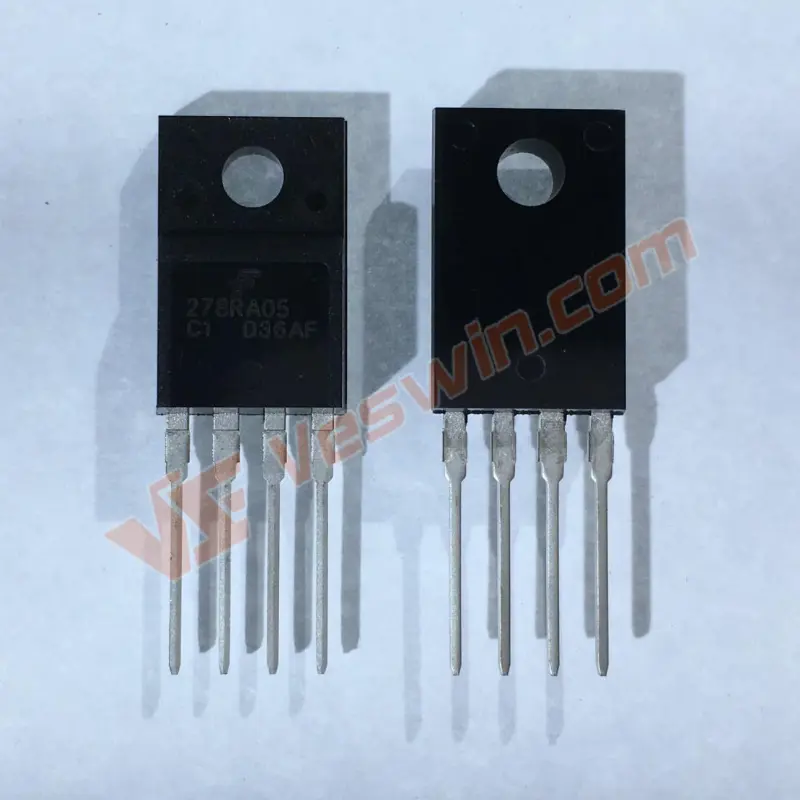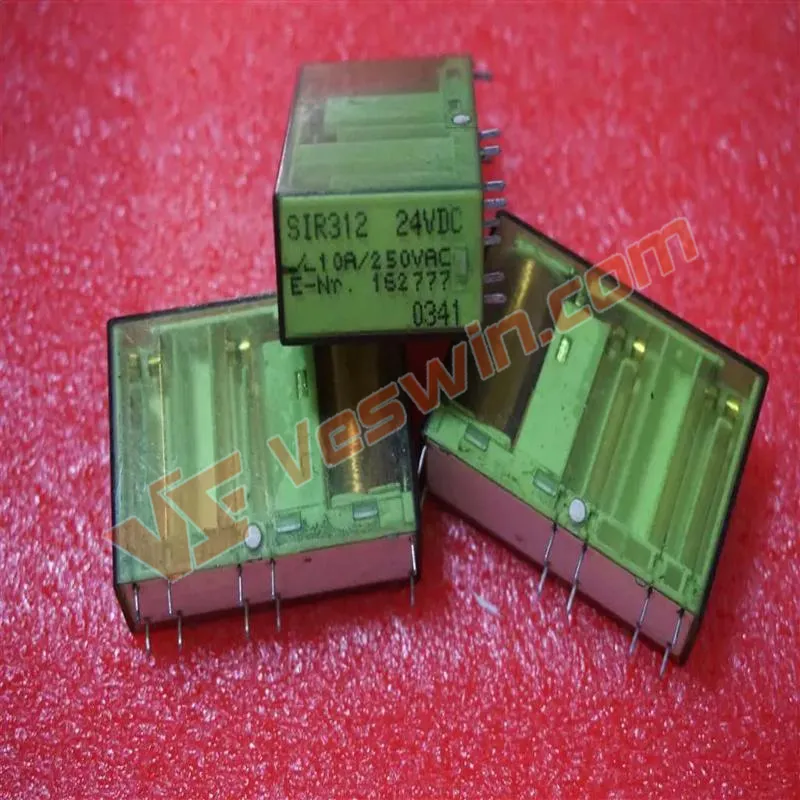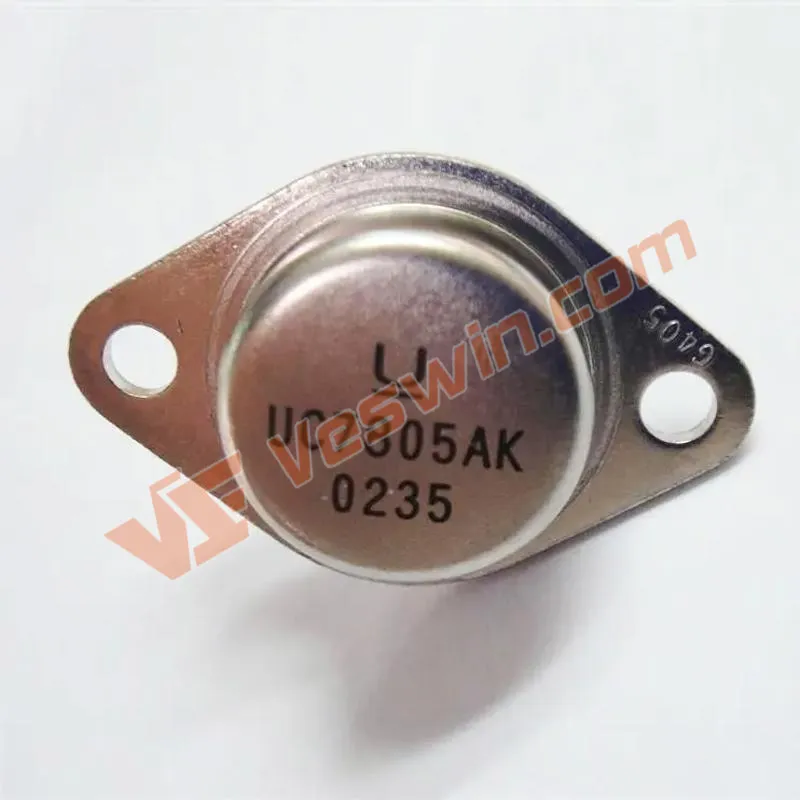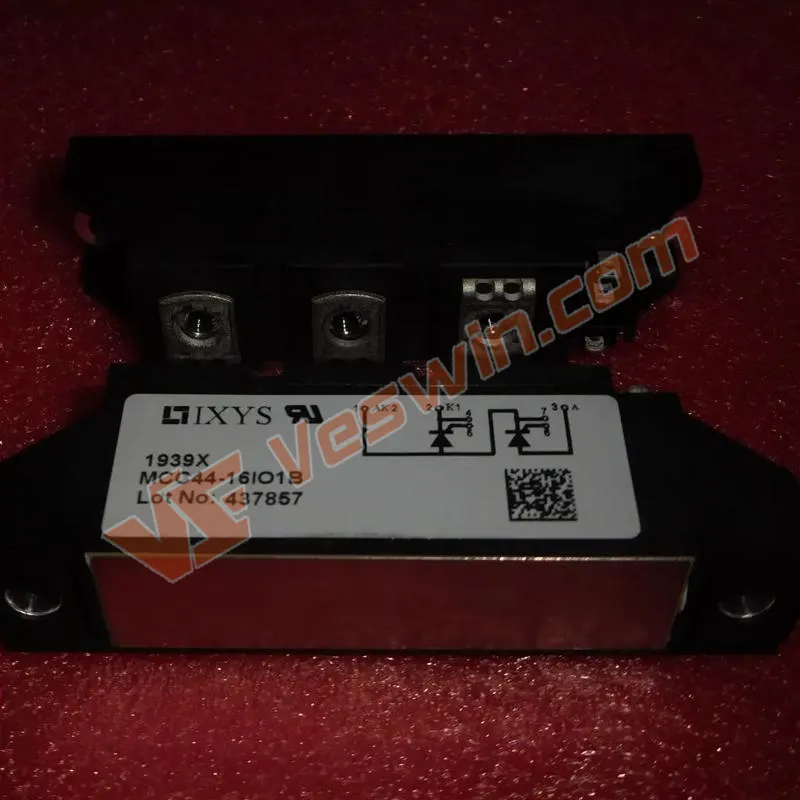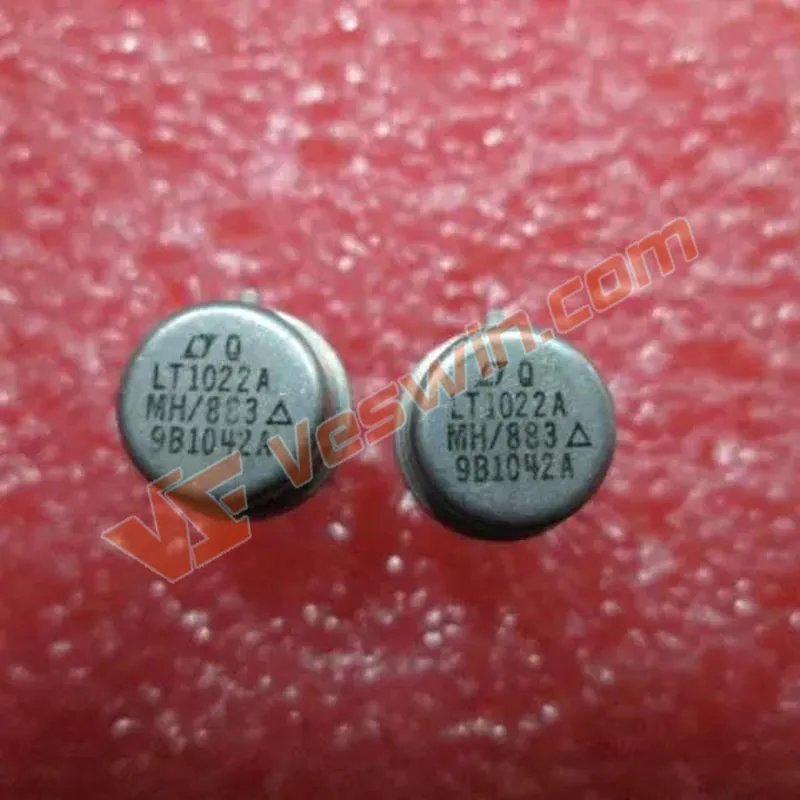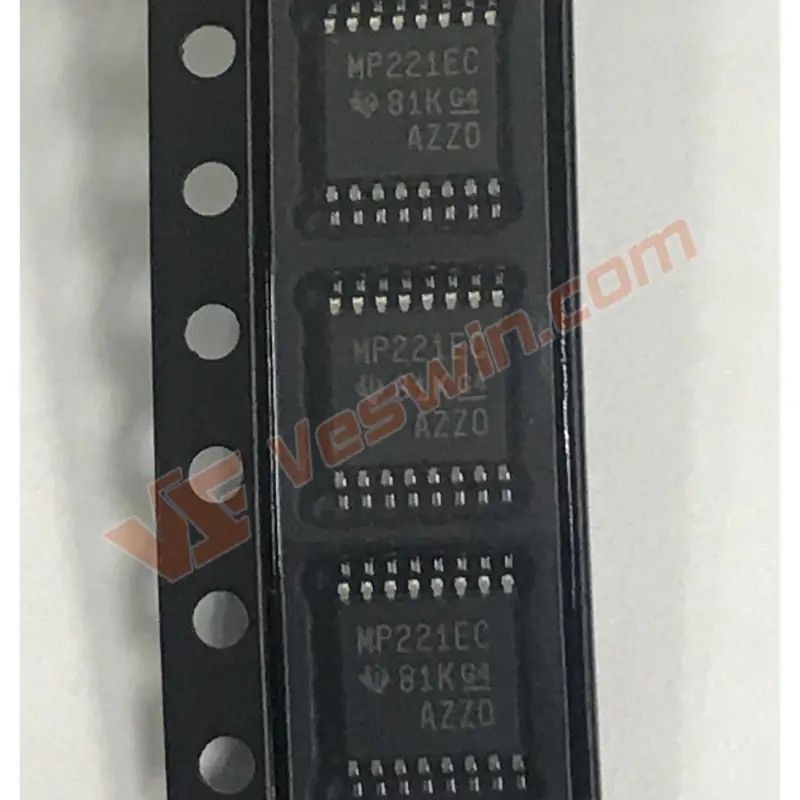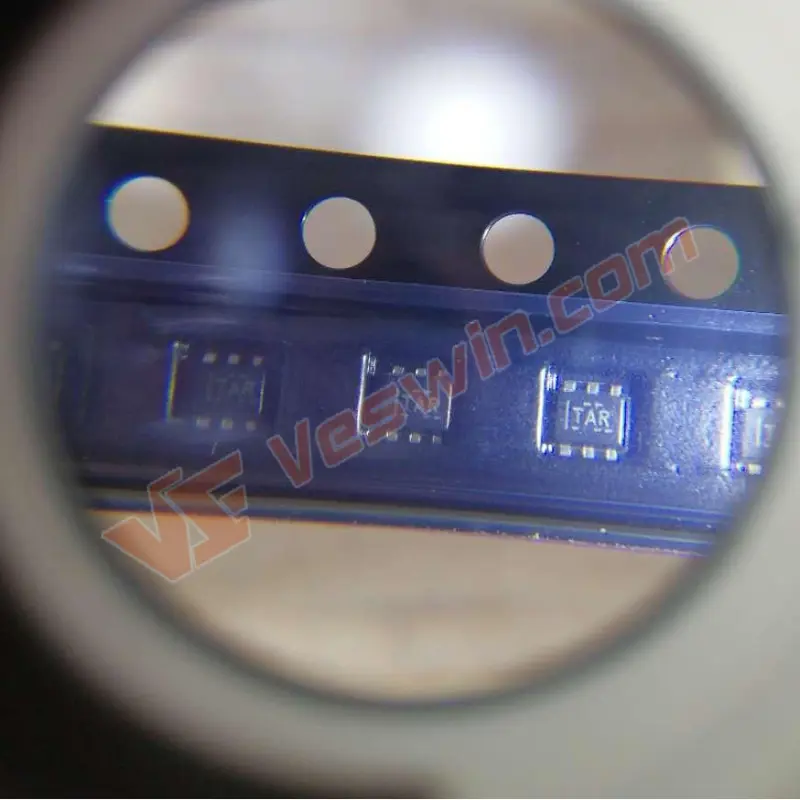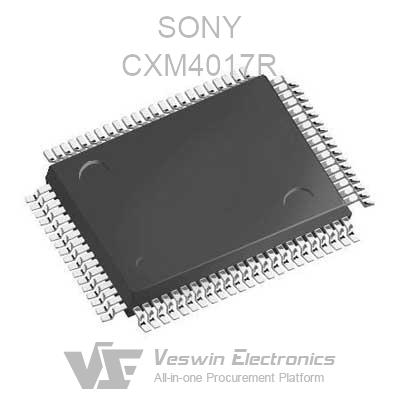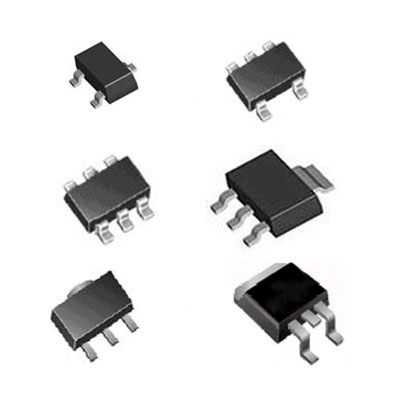In this article, our team has found the 17 types of capacitors. It includes the structure, characteristics, pros and cons of the capacitors.
1.Structure
Ceramic material is used as dielectric, and a layer of metal (silver) film is coated on the surface of ceramic, and then sintered at high temperature as electrode. Ceramic dielectric capacitors are divided into 1 type of dielectric (NPO, CCG), 2 type of dielectric (X7R, 2X1) and 3 type of dielectric (Y5V, 2F4) ceramic dielectric capacitors.
2. Characteristics
The class porcelain dielectric capacitors have the advantages of small temperature coefficient, high stability, low loss and high voltage withstand. The maximum capacity does not exceed 1,000 pF, and the commonly used ones are CC1, CC2, CC18A, CC11, CCG and other series.
The porcelain dielectric capacitors are characterized by high dielectric coefficient, large capacity (up to 0.47 μF), small volume, loss and poor insulation performance compared with those of class 1.
3. Applications
Class 1 capacitors are mainly used in high frequency circuits.
Class 2 and 3 capacitors are widely used in medium and low frequency circuits as capacitors for isolation, coupling, bypass and filtering. The commonly used ones are CT1, CT2, CT3 and other series.
1.Structure
Polyester capacitor is a non-polar capacitor with positive temperature coefficient (i.e., the capacitance becomes larger when the temperature rises) made of polarized polyester film as dielectric.
2.Advantages
High temperature resistance, high voltage resistance, humidity resistance, and low price.
3.Application
Generally used in medium and low frequency circuits. Such as CL11, CL21 and other series.
1. There are two types of polystyrene capacitor structure, foil type and metallized type.
2. Advantages foil insulation resistance, dielectric loss, stable capacity, high precision, but large size, heat resistance is poor; metalized moisture resistance and stability than foil type, and can be self-healing after breakdown, but the insulation resistance is low, high-frequency characteristics are poor.
3. Use is generally used in medium and high frequency circuits.
Commonly used models are CB10, CB11 (non-sealed foil type), CB14~16 (precision type), CB24, CB25 (non-sealed metallization), CB80 (high-voltage type), CB40 (sealed metallization) and other series.
1. Structure of a negative temperature coefficient non-polar capacitor made of non-polar polypropylene film as medium. There are two types of non-sealed (commonly encapsulated with colored resin paint) and sealed (encapsulated with metal or plastic shell).
2. Advantages: low loss, stable performance, good insulation, high capacity.
3. Application: Generally used in medium and low frequency electronic circuits or as starting capacitors for motors. Commonly used foil polypropylene capacitors: CBB10, CBB11, CBB60, CBB61, etc.; metalized polypropylene capacitors: CBB20, CBB21, CBB401, etc.
1. Structure
Monolithic capacitors are multilayer stacked sheet-type ultra-small capacitors made of sintered ceramic materials, mainly barium titanate.
2.Advantages
It has the advantages of reliable performance, high temperature resistance, humidity resistance, large capacity (capacity range 1 pF ~ 1 μF), and low leakage current, etc.
3. Disadvantages
Low operating voltage (withstanding voltage less than 100 V).
4. Applications
Widely used in resonance, bypass, coupling, filtering, etc. For example,the CT4 (low frequency), CT42 (low frequency); CC4 (high frequency), CC42 (high frequency) and other series and commonly used.
1. Structure
Mica capacitor is made of mica as medium, and a metal film (silver) is sprayed on the surface of mica as electrode, which is laminated according to the required capacity and then impregnated and pressed into the mica shell (or ceramic or plastic shell).
2. Advantages
Good stability, small distribution inductance, high precision, small loss, large insulation resistance, good temperature characteristics and frequency characteristics, high operating voltage (50 V ~ 7 kV) and others
3. Use generally in high-frequency circuits for signal coupling, bypass, tuning and other uses. Commonly used are CY, CYZ, CYRX series, etc.
1. Structure
Paper dielectric capacitor is made of thin capacitor paper as medium and aluminum foil or lead foil as electrode, which is encapsulated after roll forming and impregnation.
2.Advantages
Large capacitance (100 pF~100 μF), wide operating voltage range, maximum withstand voltage value up to 6.3 kV.
3. Applications
Large volume, low capacity accuracy, high loss, and poor stability. Such as models like CZ11, CZ30, CZ31, CZ32, and others
1. Structure
Metallized paper dielectric capacitor adopts vacuum evaporation technology to vaporize a layer of metal film as electrode on the paper coated with varnish.
2.Advantages
Compared with ordinary paper dielectric capacitors, it has small size, large capacity and strong self-healing ability after breakdown.
The aluminum electrolytic capacitors are made by winding aluminum foil (positive electrode) with oxide film, and the liner paper dipped in electrolyte together with cathode (negative electrode) foil lamination. There are tube type and vertical type of external package. The aluminum case has a blue or black plastic cover.
1. Advantages of large capacity range, generally 1 ~ 10 000 μF, rated operating voltage range of 6.3 V ~ 450 V.
2. Disadvantages dielectric loss, large capacity error (maximum allowable deviation +100%, -20%) poor resistance to high temperatures, easy to fail after a long storage time.
3. Use is usually in the DC power supply circuit or low-frequency circuit filtering, decoupling, signal coupling and time constant setting, DC isolation, etc. Note: Can not be used in AC power supply circuit. When used as filter capacitor in DC power supply, the polarity should not be reversed.
There are two types of structure: 1. foil type tantalum electrolytic capacitor with internal coiled core, liquid electrolyte as negative electrode and tantalum oxide as medium. The models are CA30, CA31, CA35, CAk35, etc. 2. Tantalum powder sintered type The anode (positive electrode) is made of fine-grained tantalum powder briquetted and sintered. There are various packaging forms. The models are CA40, CA41, CA42, CA42H, CA49, CA70 (non-polarity) and other series.
2. Advantages: low dielectric loss, good frequency characteristics, high temperature resistance, low leakage current.
3. Disadvantages: high production cost, low voltage resistance.
4. Widely used in various medium and low frequency circuits and time constant setting circuits in communication, aerospace, military and household appliances.
1. Structure of mica trimming capacitor is composed of fixed and moving pieces, the fixed piece is a fixed metal piece with a layer of mica sheet attached to its surface as medium, the moving piece is an elastic copper or aluminum piece, and the distance between the moving piece and the fixed piece is adjusted by adjusting the screw on the moving piece to change the electric capacity. Mica trimmer capacitor has single trimmer and double trimmer.
2. Advantages of capacitance can be adjusted repeatedly.
3.Use in transistor radios, electronic instruments, electronic equipment.
1. Structure porcelain dielectric trimmer capacitor is used ceramic as medium. In the moving piece (porcelain) and the fixed piece (porcelain) are coated with semi-circular silver layer, by rotating the moving piece to change the relative position between the two silver pieces, the size of the capacitance can be changed.
2. Advantages: small size, adjustable repeatedly, easy to use.
3. Application in transistor radios, electronic instruments, electronic equipment.
The film trimmer capacitor uses organic plastic film as medium, that is, the organic plastic film is added between the moving piece and the fixed piece (both moving and fixed pieces are semi-circular metal pieces), and the screw on the moving piece is adjusted to make the moving piece rotate to change the capacity.
Film trimmer capacitors are generally divided into double trimmer and four trimmer. Some sealed double or sealed four-link variable capacitors come with film trimmer capacitors, and the trimmer capacitors are mounted on the top of the shell, which is more convenient to use and adjust.
1. Advantages: Small size, light weight, adjustable repeatedly, easy to use.
2. Application: Application in transistor radio, electronic instruments, electronic equipment.
1. Structure electrode consists of two groups of metal sheets. One group is fixed, one group is moving, moving and fixed between the air as a medium. When turning the dynamic piece so that all of them are rotated into the fixed piece, its capacity is the largest, and vice versa, when all the dynamic pieces are rotated out of the fixed piece, the capacity is the smallest. The air variable capacitor has single and double connection (see appearance).
2. Advantages: easy to adjust, stable performance, not easy to wear.
3. Disadvantage: large size.
4. Application in radio, electronic instruments, high frequency signal generator, communication electronic equipment.
The structure of film variable capacitor is to add plastic film as the medium between the moving piece and the fixed piece, and the case is transparent or translucent plastic package, so it is also called sealed single-link or sealed double-link and sealed four-link variable capacitor.
Advantages: small size and light weight.
Disadvantages: loud noise, easy to wear.
The use of single-link is mainly used in simple radios or electronic instruments; double-link is used in transistor radios and electronic instruments and electronic devices; four-link is commonly used in AF/FM multi-band radios.
1. Structure CBB capacitor with metalized polypropylene film in series structure type, can resist high voltage and high current shock, with small loss, excellent electrical performance, high reliability and self-healing performance.
2. Advantages: high dielectric constant, small volume, large capacity, good stability, high voltage and high current impact resistance, small loss, excellent electrical performance, high reliability and self-healing performance.
3. Disadvantages of temperature coefficient is large. Use Instead of most polyphenylene or mica capacitors, it is used in circuits with high requirements.
1. Structure: The composition of safety capacitor is generally composed of five parts: dielectric, electrode, case, package and pin. The dielectric is generally made of polypropylene film; the electrode is made of metal vacuum evaporation layer; the shell is generally made of flame retardant PBT plastic case (UL94V-0); the package is generally made of flame retardant epoxy resin (UL94V-0); and the pin is made of tinned copper covered steel wire.
2. Advantage: After failure, it will not cause electric shock and will not endanger personal safety.
3. Use : capacitor is a capacitor connected between two lines of power line (L-N), used to suppress differential mode interference, generally choose metal film capacitor. y capacitor is a capacitor connected between two lines of power line and ground (L-E, N-E), generally appear in pairs, suppress common film interference, used for power supply utility input that is, after the capacitor fails, will not lead to electric shock, not endanger personal safety.
Hot News
